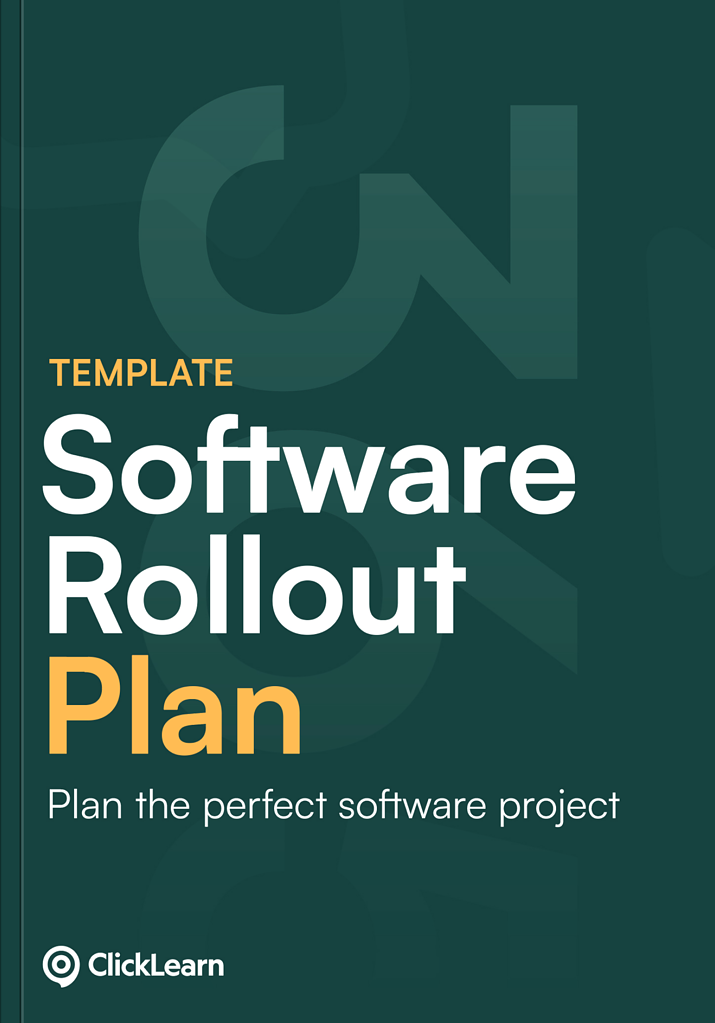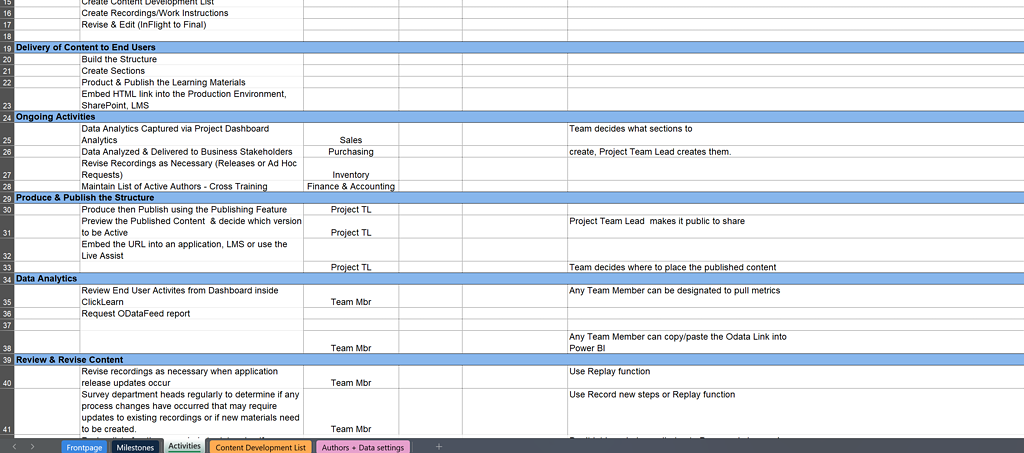Take control of your Acumatica implementation
Free template: Acumatica Software Rollout Plan
Streamline your Acumatica ERP deployment with a step-by-step rollout plan template built for success.
Implementing Acumatica Cloud ERP requires strategic planning, user engagement, and cross-team collaboration. Our Acumatica software rollout plan template simplifies the process, helping you map out key phases, prepare your team, and avoid costly delays — whether you’re in manufacturing, distribution, retail, or professional services.
With Acumatica’s flexible, modular architecture, a structured rollout plan ensures you fully leverage its capabilities from day one.

- Expert-designed Oracle template
Developed by implementation strategist Christine Eltz, this template distills years of experience into a practical, easy-to-follow framework designed specifically for cloud-based ERP systems like Acumatica.
- Trusted by professionals
Whether you’re transitioning from a legacy ERP or starting fresh with Acumatica’s modular system, this template helps you guide your rollout with clarity — from core financials to CRM, inventory, or project accounting.
- Immediate access
Get instant access to your Acumatica rollout plan template and start organizing your implementation right away — no delays, no friction.



Great companies use ClickLearn
Best practices for a smooth Acumatica software rollout
A thoughtful and well-structured Acumatica software rollout plan makes all the difference. Here’s how to ensure your implementation stays on track:
Define a phased rollout strategy: Identify which modules (finance, distribution, CRM, etc.) will go live first and build a plan that supports incremental activation.
Engage key users early: Include department leads in planning sessions so the system is tailored to real business processes from the beginning.
Leverage Acumatica’s customization tools: Use the low-code/no-code features to adapt workflows, forms, and reports to match your unique requirements before full deployment.
Deliver training by user role: Finance teams, sales reps, and operations managers all interact with Acumatica differently. Role-specific training ensures users are confident and productive.
Measure and refine: Use dashboards and KPIs within Acumatica to evaluate rollout progress and system performance. Adjust based on feedback and usage data.
The role of feedback in an Acumatica rollout
Feedback is essential to ensuring your Acumatica ERP rollout meets business and user needs — especially in fast-paced industries where agility matters.
Here’s how to incorporate feedback into your rollout plan:
Create open feedback channels
Use team huddles, feedback forms, or internal chat tools to collect insights from users as they explore the system.Pilot and iterate
Run an initial launch with a smaller team or department, gather their feedback, and refine your setup before full deployment.Communicate changes clearly
Show how user input has improved workflows or dashboards — this boosts morale and increases buy-in across the organization.

How to create an Acumatica rollout plan
A clear, organized rollout plan is critical for maximizing your Acumatica ERP investment. Here’s how to create a plan that works:
Define your business objectives
Whether it’s improving inventory visibility, streamlining financials, or automating project tracking, define what success looks like from an ERP perspective.Break the rollout into phases
Acumatica allows modular deployment — start with core modules (e.g., financials), then layer in distribution, CRM, and others. Outline timelines and dependencies.Assign roles and responsibilities
Define who owns each phase — from system configuration to data migration to training. Include stakeholders from IT, finance, ops, and sales.Prepare for potential roadblocks
Common issues like legacy system limitations, incomplete data, or integration challenges should be anticipated with contingency plans.Build in optimization time post-launch
After go-live, review user adoption and system performance. Schedule regular check-ins to refine workflows and training needs.
Common mistakes in Acumatica rollout plans
Even with Acumatica’s user-friendly design, certain missteps can slow your rollout or create long-term inefficiencies. Here’s what to avoid:
Overloading go-live with too many modules
Acumatica’s modular approach is powerful — but trying to implement everything at once can lead to confusion and delays. Phase your rollout for clarity.
Neglecting user training
Assuming users will “figure it out” can reduce productivity. Provide training tailored to their daily tasks and workflows.
Failing to clean and structure data
Inconsistent or outdated data can cause serious disruptions post-launch. Invest time in cleaning and validating your data before migration.
Ignoring feedback from power users
Your operational leads often know where inefficiencies lie. Use their input to configure Acumatica in a way that enhances daily work, not complicates it.
Skipping post-launch support
Implementation doesn’t end at go-live. Set up a support structure to guide users through the first few weeks of daily use and questions.
Start strong with your Acumatica implementation
Download Acumatica Software Rollout Plan
This free Excel template helps you break down your ERP implementation into manageable steps, align teams, and move through each phase with clarity and confidence.
Whether you’re implementing Acumatica for finance, operations, or customer management, this tool gives you the structure you need to launch with success.
Frequently asked questions on Acumatica rollout planning
It’s a strategic guide that outlines how your organization will implement Acumatica ERP — including phases for configuration, data migration, training, and go-live support.
Because Acumatica is modular and highly customizable, having a structured plan helps you implement it in phases, manage change effectively, and get your team onboarded smoothly.
Key stakeholders usually include IT, finance, operations, and department leads who will use or manage different modules within Acumatica.
Trying to roll out too many modules at once without clear ownership or training. A phased approach with role-specific planning leads to better results.
A basic implementation may take 2–3 months, while larger, multi-department rollouts could extend to 6–12 months depending on complexity and integrations.


